
The Ocean Cleanup deploys seven interceptors in the capital city
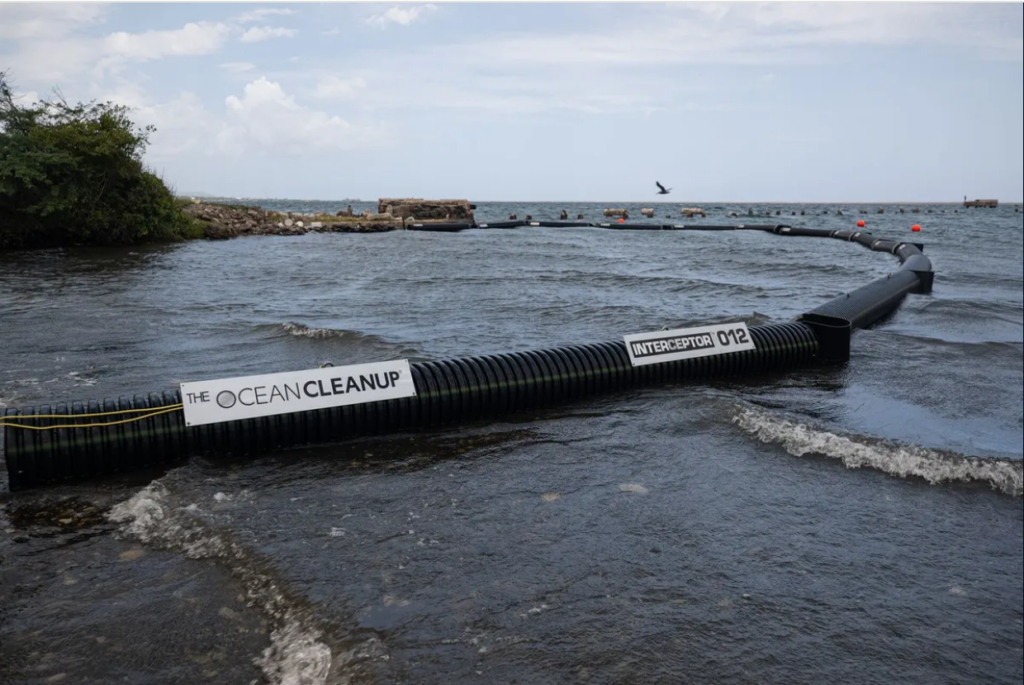
Durrant Pate/Contributor
The clean-up of the Kingston Harbour, the seventh-largest natural harbour in the world, has completed its first phase.
The project is being undertaken by The Ocean Cleanup, which is a non-profit environmental engineering organisation based in the Netherlands that develops technology to extract plastic pollution from the oceans and capture it in rivers before it can reach the ocean.
In furtherance of this project, The Ocean Cleanup has now deployed seven interceptors in Jamaica’s capital Kingston, thus completing the first phase of this joint project to eliminate plastic pollution in Kingston Harbour.
An interceptor is a system of heavy-duty floating booms placed at river (or gullies) mouths to efficiently capture plastic while allowing the water to pass freely below the surface.
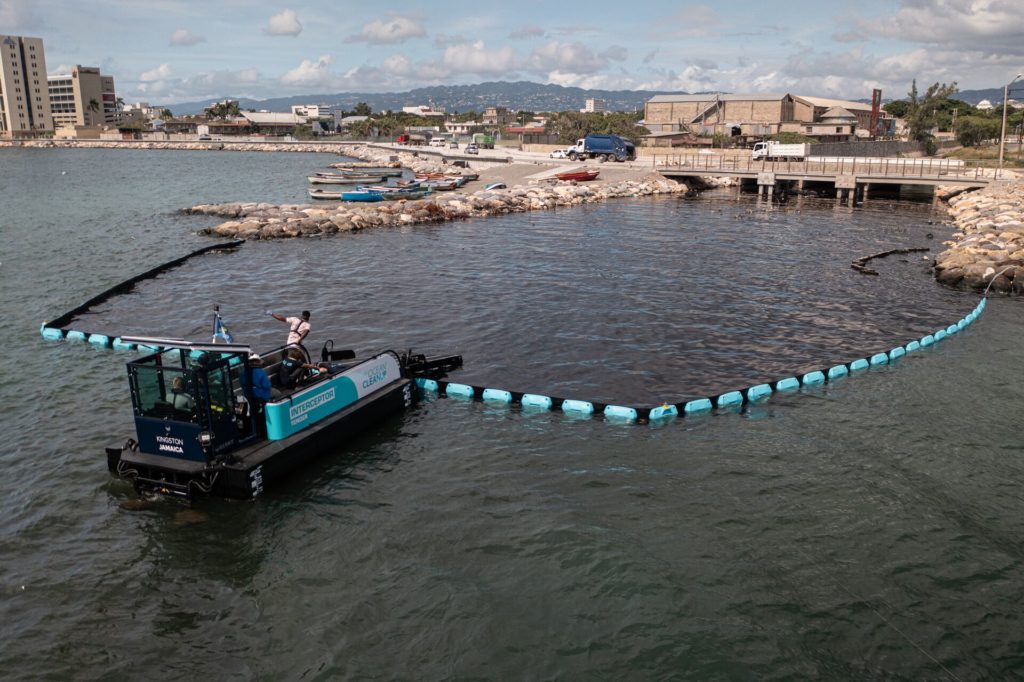
Later this year, another four interceptors will be deployed in Kingston; this time focusing on the Hunts Bay area with the aim of enabling the transformation of the city’s waterways while reducing plastic emissions into the Caribbean Sea.
The Ocean Cleanup has partnered with Clean Harbours Jamaica and the GraceKennedy Foundation to deploy a range of interceptors throughout the city’s drain outlets (gullies), aiming to prevent an estimated 1,000 tons of trash from flowing yearly into Kingston Harbour, and further into the sea.
The non-profit environmental engineering organisation reports that the completion of this first stage marks a key step forward for this joint project in Jamaica, where the main objective of tackling the main sources of waste into Kingston Harbour has been completed.
Entering second phase
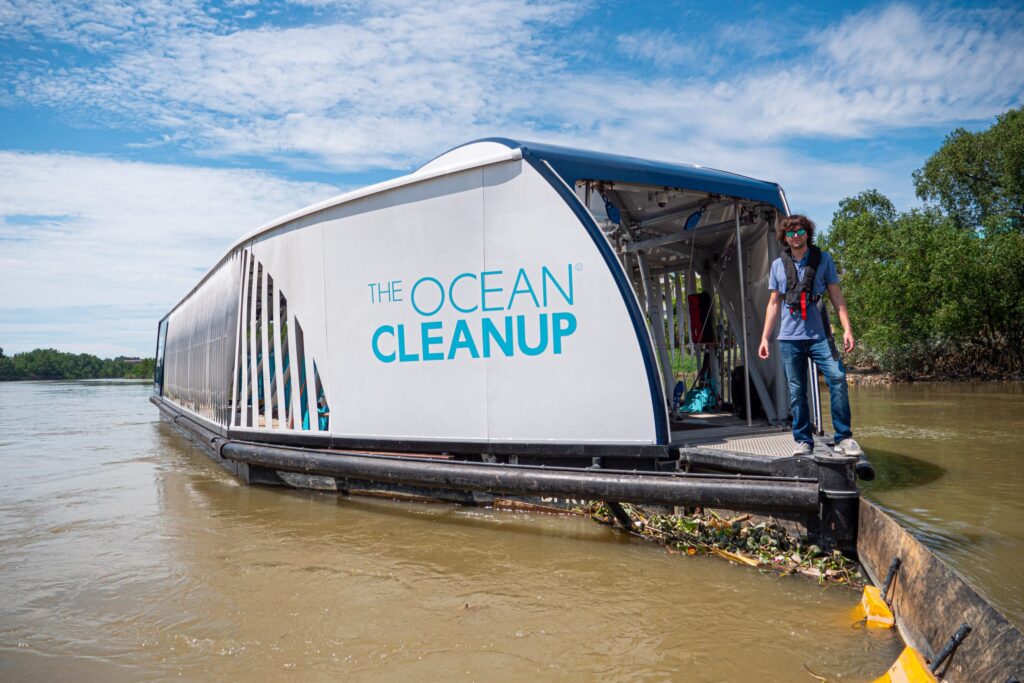
The project is now in its second phase as it moves to undertake other challenges, starting with Hunts Bay. The Ocean Cleanup reports, “The learnings and data that have gathered so far will allow us to optimise our technology and operations, and expand our network of Interceptors across the city to enable the transformation of its waters with local, regional, and global benefit.”
In giving an update on the progress thus far, The Ocean Cleanup explains that during this first phase many lessons were learned such as the fact that the windy conditions in the harbour, combined with wakes from passing vessels, can cause the trash captured by the interceptor barrier to accumulate in areas which are difficult for the interceptor tender to reach.
This caused delays during offloading, reducing our efficiency. As such, the environmental grouping is currently developing ‘non-return barriers’ designed to address this problem. The organisation has increased operational efficiency by adding a second vessel (provided by our partners Clean Harbours Jamaica) to support the interceptor tender, allowing it to offload and transport more captured waste at a time.
Use of Interceptors
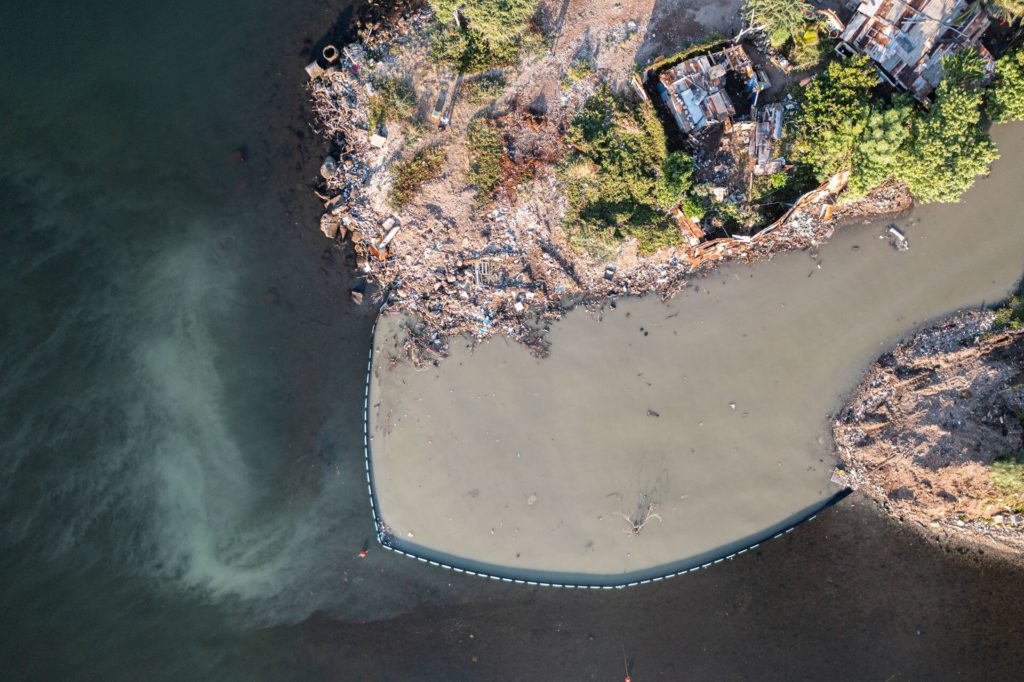
As plastic waste catch increases, The Ocean Cleanup requires more capacity while transporting waste to the offload site. With interceptors spread across the city including the centre, it is essential to maintain an efficient water-based offloading and transport system, as onshore logistics would prove challenging and disruptive.
Expanding capacity while continuing to offload in this way has made it easier for The Ocean Cleanup to scale its operations while deploying more interceptors around the harbour. The project implementor has collaboratively created an innovative new model for trash interception in urban environments, representing a network of interceptors in key gullies in Kingston, bringing an influx of waste into the harbour.
Each gully is technologically adapted for each location and serviced by a common offloading operation for maximum efficiency and tangible impact across the city. The first interceptors were deployed in Kingston in 2022 with the arrival of interceptors 008, 009 and 010 to Kingston Pen Gully, Barnes Gully, and Rae Town Gully.
The interceptor tender served as a common harvesting vessel between the interceptors and the offload site. Interceptors 011 (Tivoli Gully), 012 (D’Aguilar Gully), 013 (Mountain View Gully) and 014 (Shoemaker Gully) followed in 2023.



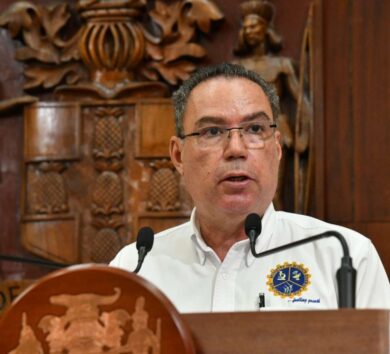



Comments